Discover the comfort of casseroles, which are substantial, oven-baked dishes that combine protein, vegetables, and starch to create a tasty, simple meal that’s ideal for meal prep or family dinners.

Ratings 05
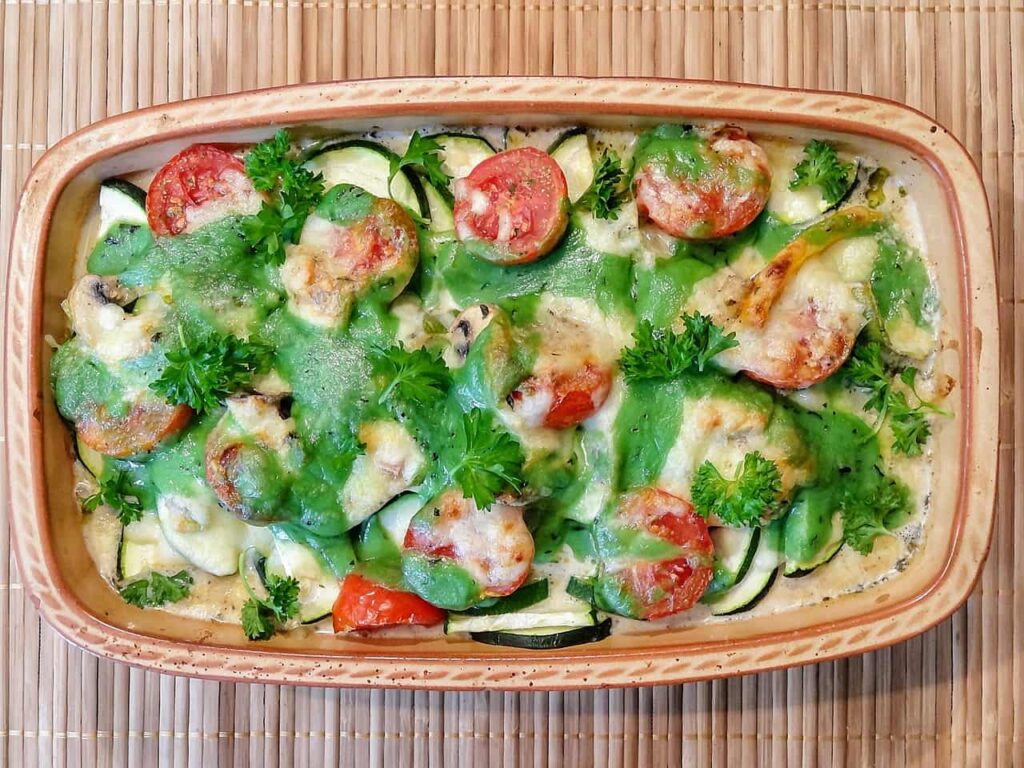
What Is A Casserole?
A casserole is a home-cooked meal that is typically prepared in a casserole dish or another deep, ovenproof container. A protein (such as chicken, beef, or beans), vegetables, a starchy binder (such as rice, pasta, or potatoes), a savory or creamy sauce, and commonly a topping (such as cheese or breadcrumbs) are typically included.
01. Key Characteristics:
- One-Pan Dish: All ingredients are combined in one baking dish.
- Grilled: Normally roasted in a cooker till it the bubbly as well as warm.
- Comfort Food: Known for being hearty, satisfying, and perfect for feeding families or groups.
- Versatile: Can be made with various combinations of meat, vegetables, and sauces.
02. Common Examples:
- Chicken and Rice Casserole
- Tuna Noodle Casserole
- Green Bean Casserole
- Shepherd’s Pie (technically a type of casserole)
- Baked Ziti
Health Benefits Of Casserole
Casseroles can offer a variety of health benefits, depending on the ingredients used. While traditional casseroles are often comfort foods, they can be made nutritious and balanced when prepared thoughtfully.
01. Balanced Nutrition
- A well-made casserole often includes protein, carbohydrates, vegetables, and healthy fats all in one dish.
- This makes it easy to create a complete meal in one serving.
02. High In Protein
- Most casseroles include meats like chicken, beef, tuna, or plant-based proteins like beans and lentils.
- Protein supports muscle repair, metabolism, and immunity.
03. Rich In Vegetables
- Adding vegetables like broccoli, spinach, peas, or bell peppers boosts fiber, vitamins (A, C, K), and minerals (potassium, magnesium).
- Fiber supports digestion and heart health.
04. Customizable For Dietary Needs
- You can make casseroles gluten-free, low-carb, vegetarian, or dairy-free depending on your needs.
- Great for meal prep and portion control.
05. Energy-Sustaining Carbohydrates
- Carbohydrates, which strengthen the body and brain, have been found in many foods like rice, potatoes, and pasta.
- Especially beneficial for active lifestyles or growing children.
06. Encourages Home Cooking
- Homemade casseroles are generally lower in sodium, sugar, and preservatives compared to processed meals.
- You control the ingredients, which supports clean eating and healthier habits.
07. Note:
Some traditional casseroles can be high in calories, saturated fat, or sodium, especially when using:
- Canned soups
- Excess cheese
- Processed toppings (like fried onions or crackers)
Tip: Use light sauces, whole grains, lean meats, and lots of vegetables for a healthier version.
Other Names That Can Be Used For A Casserole
While “casserole” is the most common term, depending on the region, cuisine, or style, there are other names or related terms that can refer to casserole-style dishes:
01. 🇺🇸 American Variations
- Hotdish (Midwestern U.S. term for a casserole-style meal, usually with a starch, meat, and a canned soup)
- Baked Dish (general term)
- One-Pot Meal (often used interchangeably when all ingredients are combined and baked)
02. 🇫🇷 French Terms
- Gratin (e.g., Potato Gratin or Gratin Dauphinois – baked with a crusty top, often cheese or breadcrumbs)
- Cassoulet (slow-cooked bean and meat casserole from southern France)
03. 🇬🇧 British & Commonwealth
- Bake (e.g., Pasta Bake, Fish Pie Bake)
- Pudding (savory puddings, including such kidney pudding and steak pudding)
- Pie (e.g., Shepherd’s Pie or Cottage Pie, similar in structure to casseroles)
04. Other Global Equivalents
- Tagine (a clay kettle dish that closely resembles a stew from North Africa)
- Moussaka (Greek baked dish with layers like a casserole)
- Lasagna (Italian pasta dish that is layered and baked – structurally similar to a casserole)
- A pastelón that’s also a form of plantain casserole, first from the Caribbean, made with cheese and ground meat.
- Enchilada Bake (Mexican-inspired layered casserole)
05. Descriptive Names (Commonly Used In Recipes)
- Chicken & Rice Bake
- Vegetable Bake
- Cheesy Pasta Casserole
- Baked Macaroni Dish
- Tuna Noodle Bake
FAQ Casserole
Here are some frequently asked questions about casseroles, covering preparation, storage, ingredients, and health concerns:
01. What Exactly Is A Casserole?
A casserole is a baked dish typically made with a mix of protein (meat, poultry, or plant-based), vegetables, a starch (like rice, pasta, or potatoes), and a binding sauce, often topped with cheese or breadcrumbs.
02. Can Casseroles Be Made Ahead Of Time?
Yes! Casseroles are excellent for meal prep. You can assemble them a day ahead and refrigerate (unbaked or baked), or freeze them for later use.
03. Can I Freeze A Casserole?
Absolutely.
- Wrap tightly in foil and plastic to freeze unbaked.
- Let cool, then freeze by wrapping tightly.
- Placed the contents and date on the label. Users can defrost most casseroles for up to three months.
04. How Do I Reheat A Casserole?
Reheat in the oven at 175°C (350°F) until warmed through (about 20–30 minutes). If frozen, thaw in the fridge overnight before reheating. Cover with foil to retain moisture.
05. Are Casseroles Healthy?
They can be! Choose lean proteins, whole grains, fresh veggies, and light sauces to make casseroles healthier. Limit heavy creams, canned soups high in sodium, and excess cheese.
06. Can I Make A Vegetarian Or Vegan Casserole?
Yes. Use ingredients like tofu, lentils, beans, mushrooms, dairy-free cheese, and plant-based sauces. They can be just as hearty and flavorful as meat-based versions.
07. What Can I Use As A Topping For Casseroles?
Popular toppings include:
- Shredded cheese
- Breadcrumbs or crushed crackers
- Fried onions
- Mashed potatoes (for pies like shepherd’s pie)
08. Why Is My Casserole Watery?
This could be due to:
- Excess moisture in vegetables
- Undercooked pasta or rice
- Not allowing it to rest before cutting
To fix it: drain ingredients well and let the casserole sit 5–10 minutes after baking.
09. Can I Substitute Ingredients In A Casserole?
Definitely. Casseroles are flexible! Swap meats, veggies, starches, or sauces based on preference or what’s in your pantry.
10. How Long Should A Casserole Bake?
Most casseroles bake at 180°C (350°F) for 25–45 minutes, depending on size and ingredients. If it’s cold from the fridge, allow extra time.
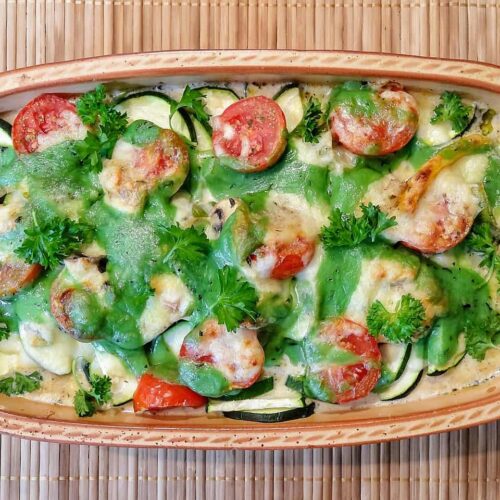
Casserole
Ingredients
- Protein: cooked chicken, ground beef, beans, or tofu
- Vegetables: onions, carrots, peas, mushrooms, broccoli, etc.
- Binder: cream soup (like cream of mushroom), tomato sauce, or cheese sauce
- Starch: pasta, rice, or potatoes
- Seasonings: salt, pepper, herbs, spices
- Topping (optional): shredded cheese, breadcrumbs, crushed crackers, or fried onions
Instructions
Preheat the Oven
- Set the oven to 180°C (350°F).
Prepare Ingredients
- Cook your protein and starch separately (e.g., boil pasta or rice, brown meat).
- Sauté vegetables if needed for better flavor and texture.
Make The Sauce (If Not Using Canned)
- You can make a béchamel or cheese sauce, or use canned soup mixed with milk or broth.
Combine Everything
- In a large mixing bowl or directly in the baking dish, mix together the protein, vegetables, starch, sauce, and seasonings.
Transfer To A Casserole Dish
- Spread the mixture evenly into a greased 9×13-inch baking dish.
Add Topping (Optional)
- Sprinkle with cheese, breadcrumbs, or any preferred topping.
Bake
- Bake uncovered for 25–35 minutes, or until bubbly and golden on top.
Cool And Serve
- Let it cool for 5–10 minutes before serving for easier slicing and better flavor.
-
Beef Gourmet Paprika
Discover how to make Beef Gourmet Paprika — a flavorful beef recipe with paprika, garlic, and creamy sauce. Easy, hearty, and perfect for family dinners. What Is Beef Gourmet Paprika? Influenced by Central European and Mediterranean cuisines, Beef Gourmet Paprika is a flavorful and aromatic beef dish with a rich, smoky, and slightly sweet paprika-infused…
-
Texas Chili
Authentic Texas Chili recipe — traditional bean-free chili made with tender beef, chili powder, and bold Southwestern spices. Perfect comfort food for dinner or game day. Ratings 05 What Is Texas Chili? Texas Chili, also known as “Texas Red”, is a bold, meaty chili that originated in the state of Texas, USA.Traditional Texas chili, in…
-
Macaron
French macaron recipe with almond flour, meringue shells, and creamy filling — easy baking guide for perfect homemade macarons. Ratings 05 A Macaron: What Is It? Made with almond flour, egg whites, it and sugar, macarons seem to be delicate French croissants with a soft, chewy, smooth, crisp outer. Typically filled with fruit jam, ganache,…

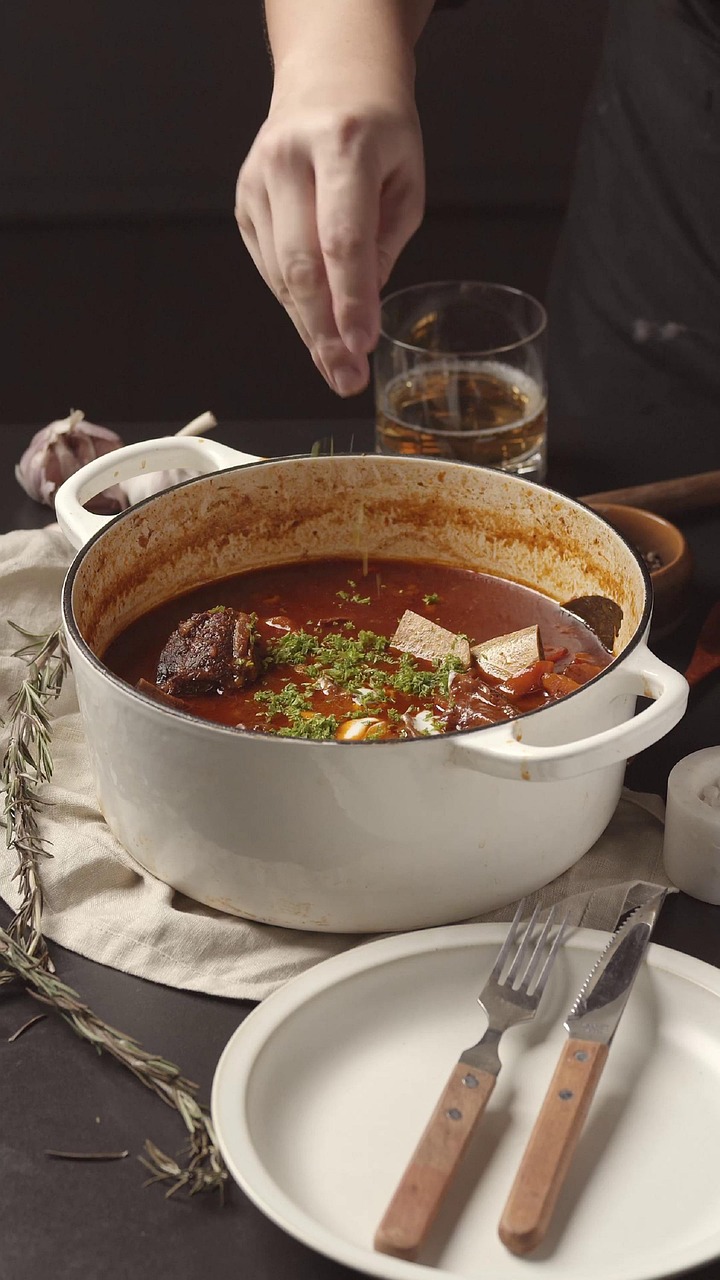
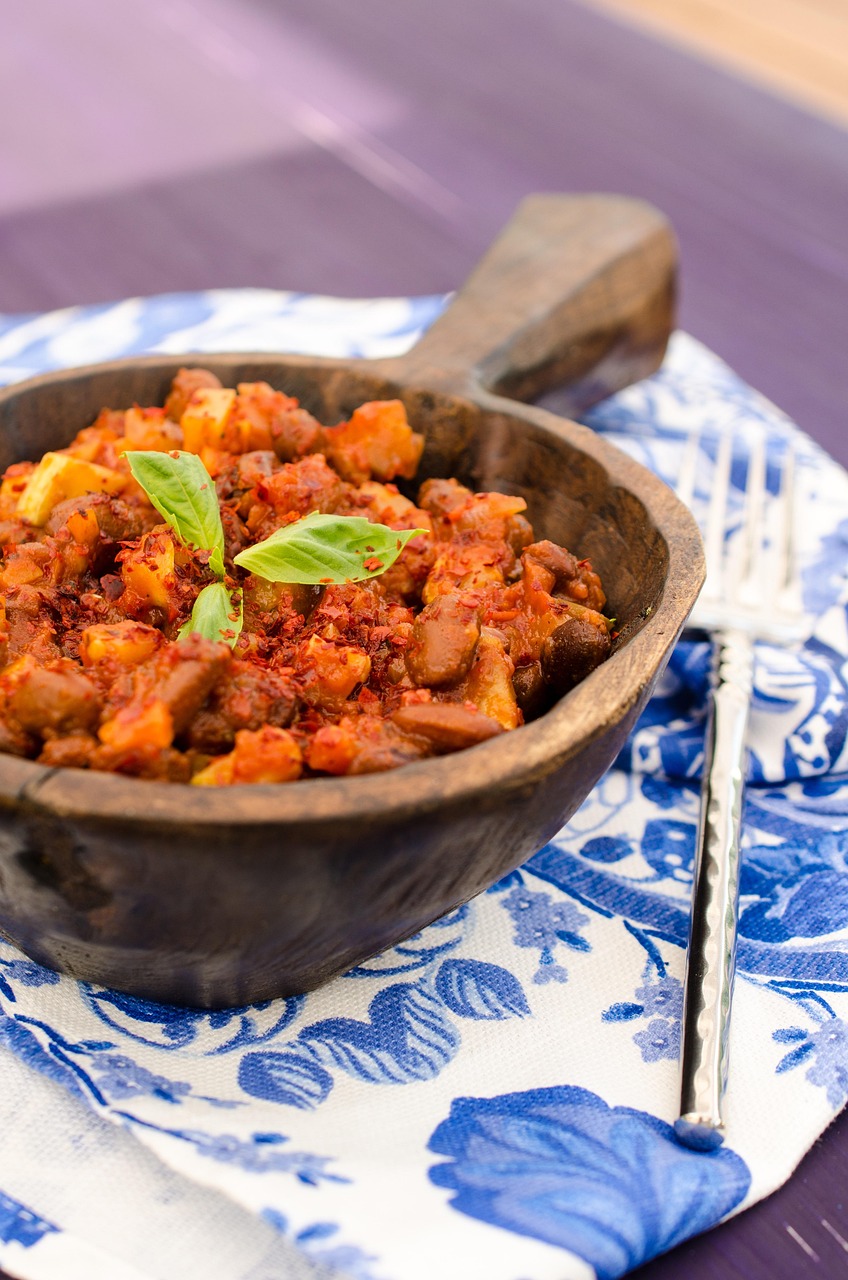
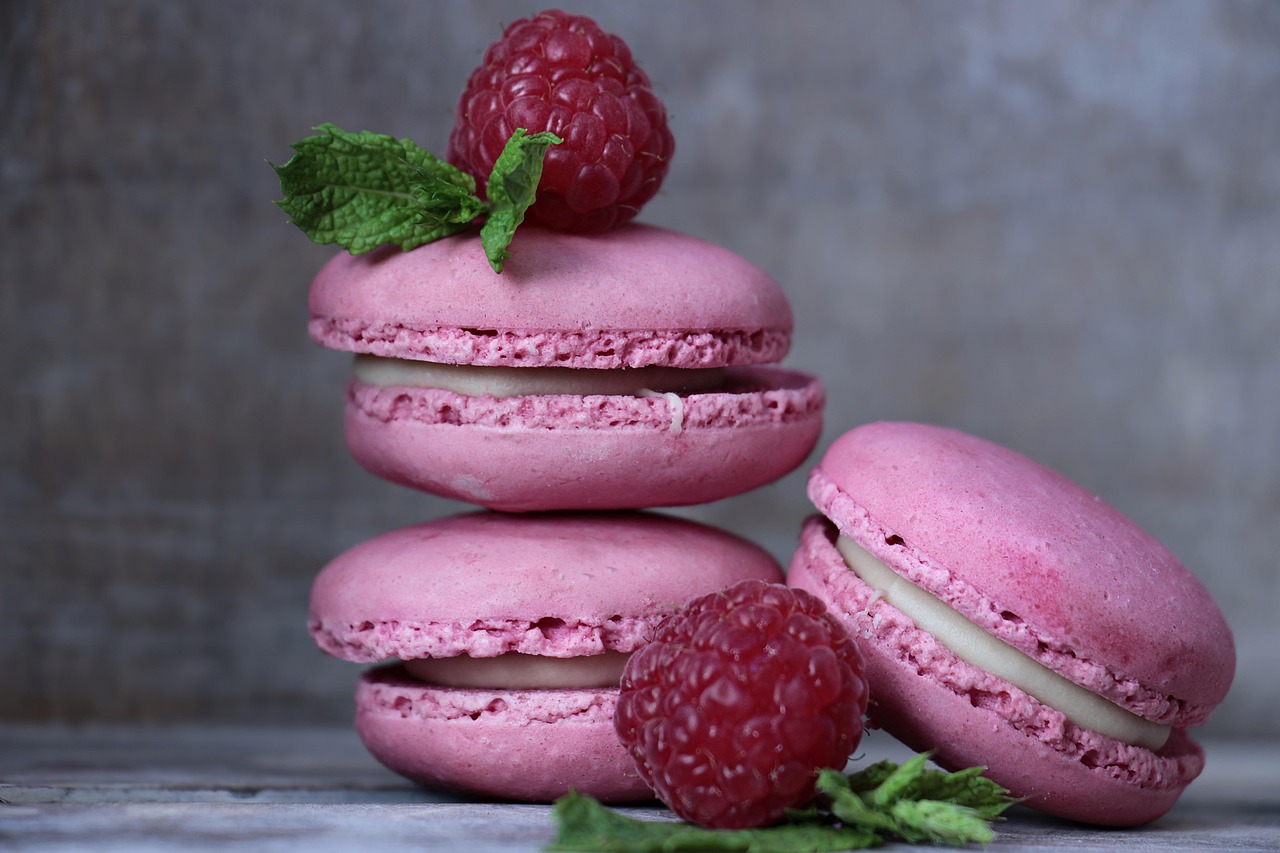
Leave a Comment